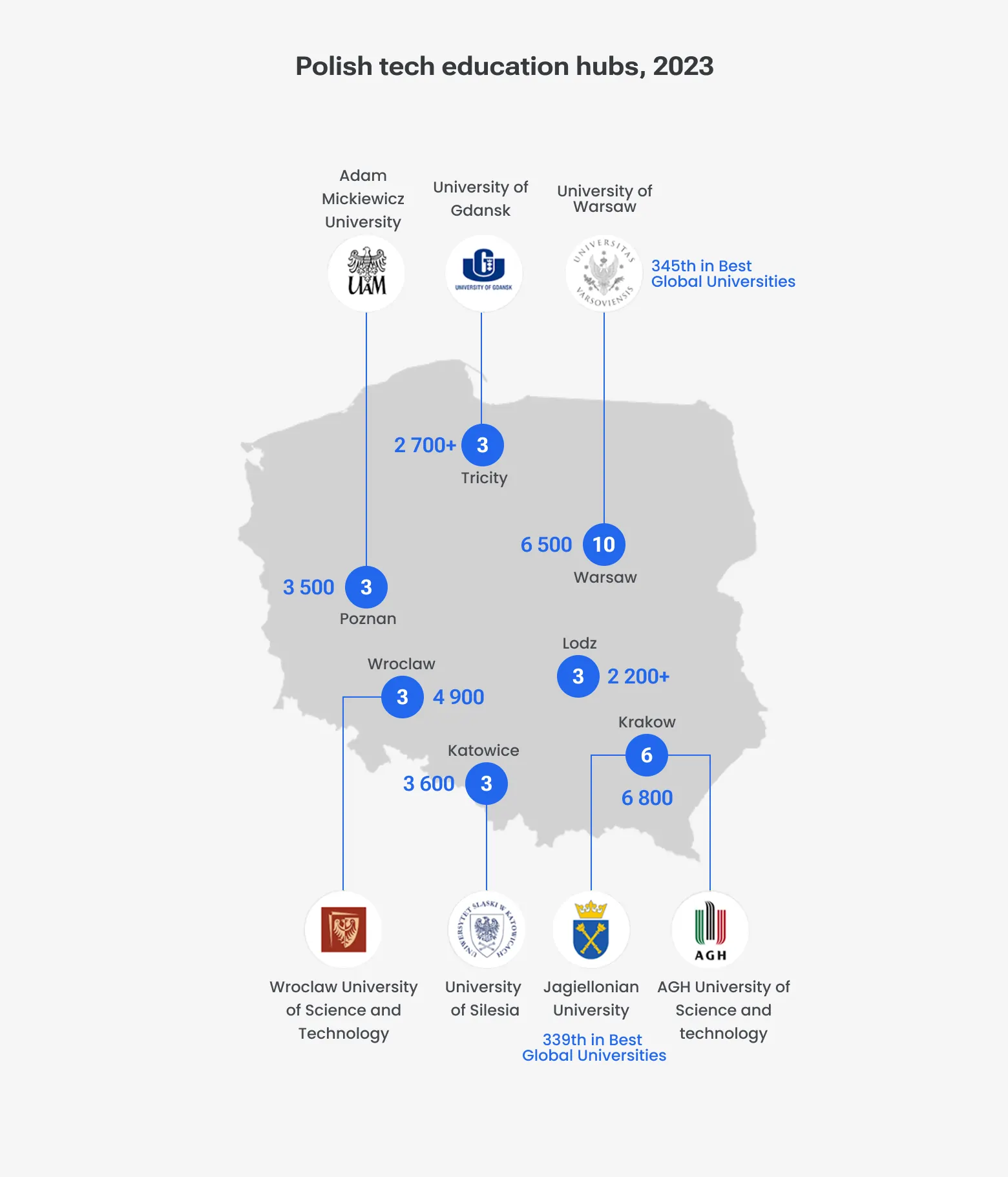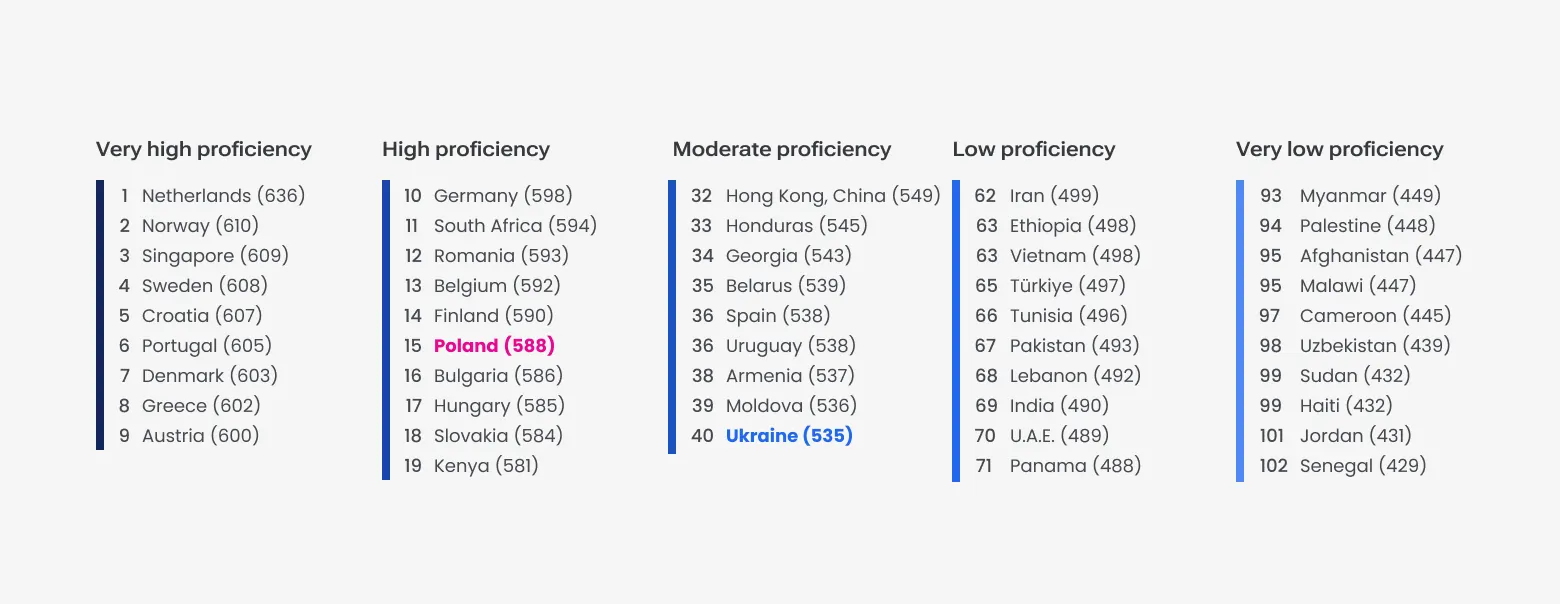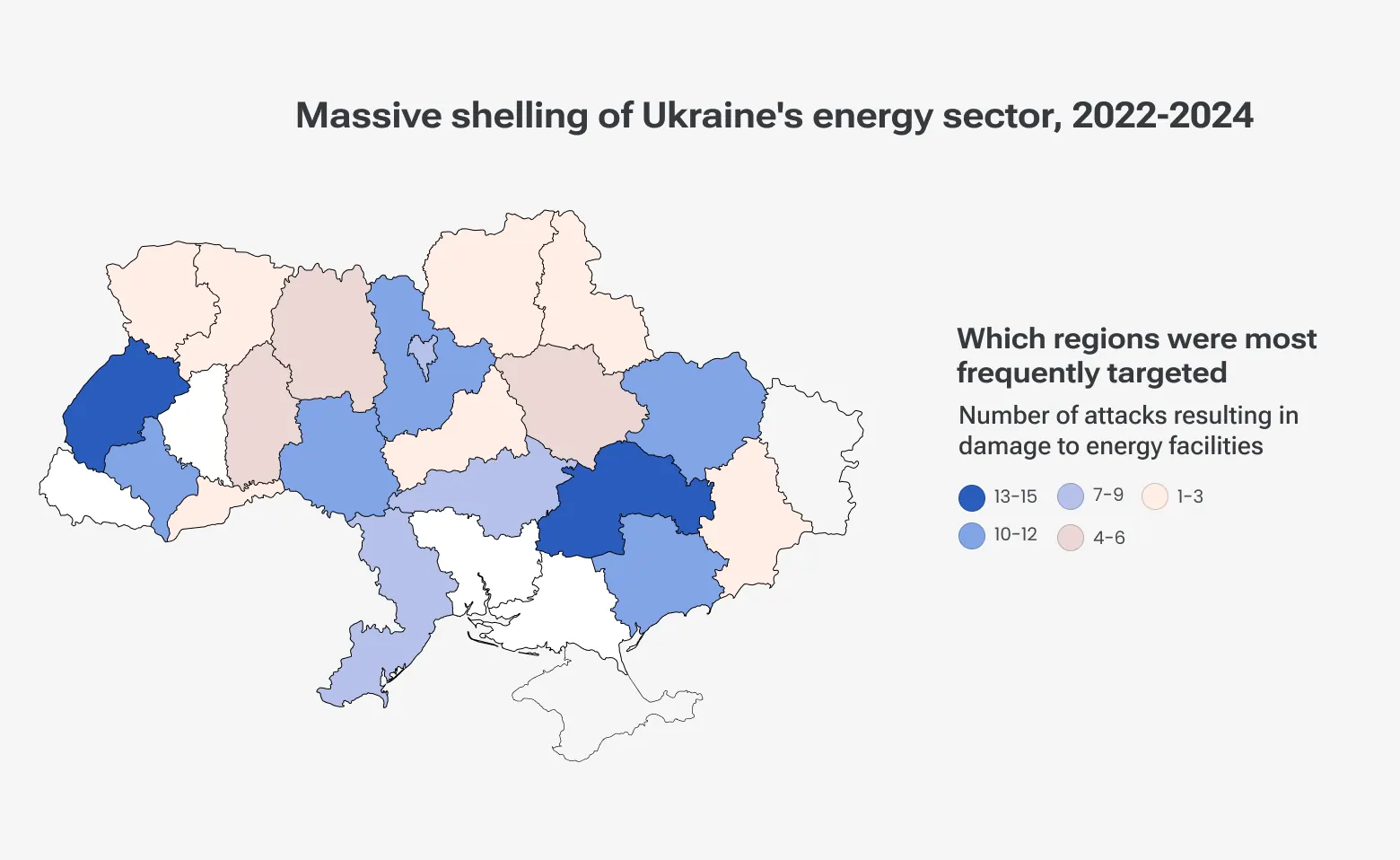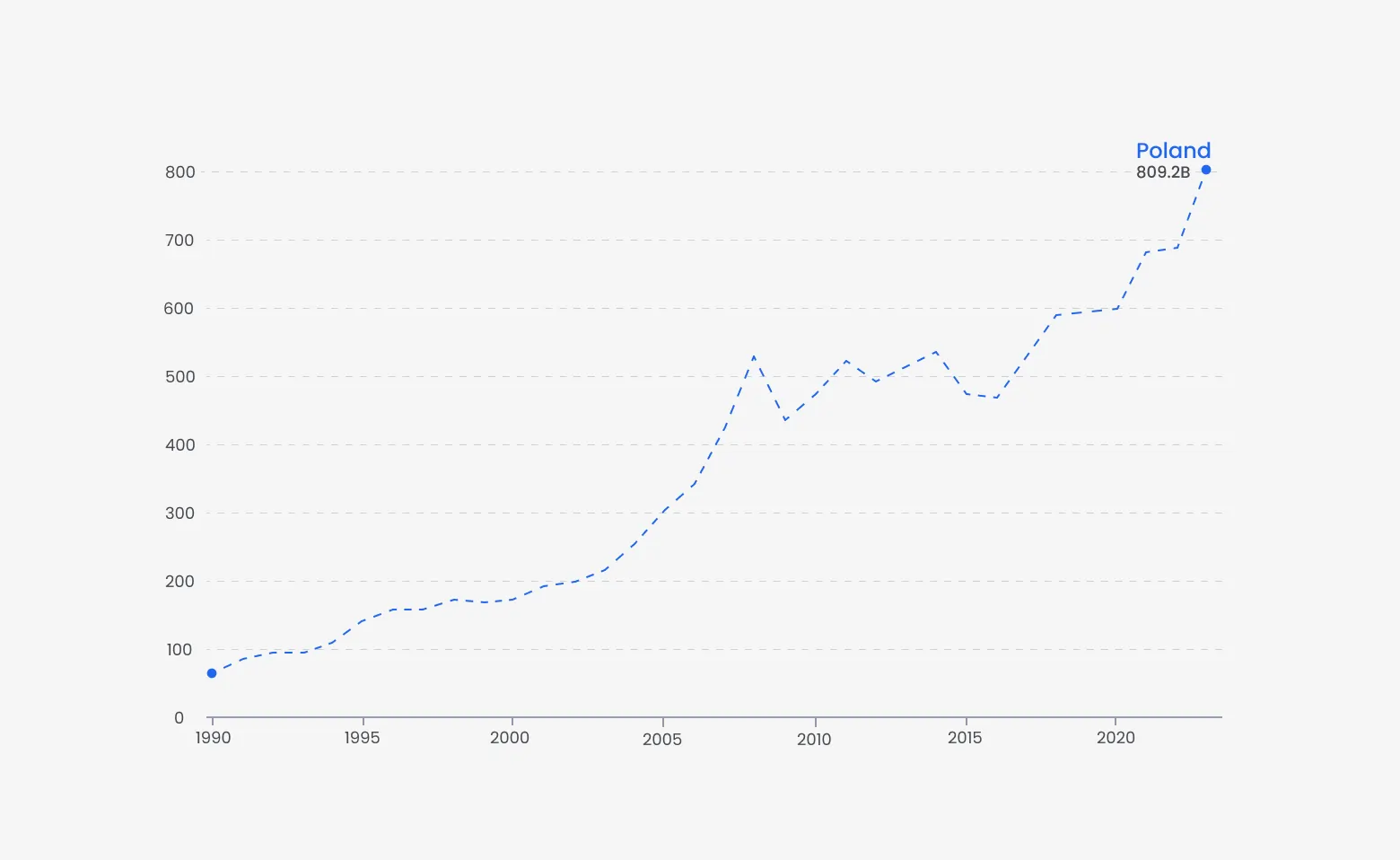Outsourcing to Czechia

How much does it cost to hire developers in Czechia?
Dec 2nd 25 - by Devico Team
Find out how much it costs to hire software developers in Czechia in 2025. Compare hourly rates, roles, and factors that impact pricing.
Hire
Hire by role
Hire Front-end developers
Hire Back-end developers
Hire Full-stack developers
Hire Android developers
Hire iOS developers
Hire Mobile developers
Hire AI engineers
Hire ML engineers
Hire Automation QA engineers
Hire Blockchain developers
Hire Data engineers
Hire Cloud engineers
Hire by skill
Hire JavaScript developers
Hire TypeScript developers
Hire Ruby on Rails developers
Hire React Native developers
Hire Flutter developers
Hire Golang developers
Hire React.js developers
Hire Python developers
Hire PHP developers
Hire .NET developers
Hire Java developers
Hire Laravel developers

Outsourcing to Poland
June 17, 2025 - by Devico Team
Summarize with:
Still chasing the lowest hourly rate in software development outsourcing? We feel you. Cost remains a significant factor, but if your business is not a one-day endeavor, long-term value, stability, and access to top-tier talent may be more relevant options for you.

This is where a comparison of Poland vs. Ukraine comes into play. Why these countries?
Simply because they have been a magic wand for Western companies for years. Okay, there has also been India’s software development. Yet, outsourcing to Poland will make it USD 2.9B in market size in the next four years.
Similarly, Ukraine’s software outsourcing market still springs through war and is expected to generate USD 1.73 B by 2029 (9.47% of a CAGR, by the way).
There has always been a demand for cost-effective outsourcing solutions across various industries. And initially COVID, then the Russian war in Ukraine compelled businesses to reassess their outsourcing strategies. This is why we created this material.
Keep reading to learn the unique value propositions of each country, their average rates, cultural properties, and tips for doing business with them.
Poland: The IT outsourcing market in Poland is going to generate USD 3.84 billion in revenue by the end of 2025 (CAGR of 8.77%). In the next four years, researchers expect an increase to USD 5.38 billion.
Ukraine: The war slowed down the development of software outsourcing in Ukraine. Despite this, the market will likely achieve USD 1.73 billion by 2029.
Poland: About 520,000 tech specialists. Different sources provide different data. However, the most reputable ones state the number above 500K.
Ukraine: Ukraine’s educational base as any other area was seriously challenged by the war. Yet, local universities annually graduate up to 16,000 tech specialists. In 2024, the Ukrainian analytical service YouControl counted about 275,000 tech specialists in Ukraine, including software developers, project managers, business analysts, quality assurance specialists, and other IT experts.
Poland: Java, .NET, Python, and mobile development. High-quality education and continuous skill development have given this country an excellent reputation in established and emerging technologies. AI/ML, blockchain, IoT — you can hire Polish software developers with any modern specialization.
Ukraine: JavaScript, Python, Java, and C#. Its emphasis on STEM education has cultivated a talent pool in these technologies. And if you think that the war has stolen Ukraine’s innovative approach, think twice. Grammarly, Reface, Respeacher — these are companies with Ukrainian roots and they still have a workforce here. Of course, we listed product companies, not service ones, but you got the message.
Kyiv: Capital and the largest tech hub. Offers many IT professionals and a well-developed infrastructure. The war influenced the city, but in a good way: many service companies adapted to outages and became energy-independent. Has offices of international companies.
Lviv: Located near the Polish border, the city has become the second IT outsourcing center. For a recent couple of years, Lviv turned into a tech-savvy city (not just a cultural cradle).
Warsaw: Poland’s capital. Hosts the lion’s share of IT companies and fellows. Has a robust infrastructure and a business-friendly environment, which has attracted major corporations.
Krakow: Renowned for its rich academic heritage and vibrant tech community. The city has become a hub for software development. Outsource in Poland, previously hired a local consultant who knows the ropes of a local tech landscape.
Wroclaw: Has rapidly developed into a significant IT outsourcing destination. Offers a vast pool of tech talent and a supportive business environment. Has strategic location influencing the quality of life.
1. Poland’s IT outsourcing market is larger and growing faster than Ukraine’s.
2. Poland has a more extensive IT talent pool, with over 520,000 pros, but Ukraine keeps up, even though it has been challenged by the war for three years.
3. Both countries have cities with unique features that cater to diverse outsourcing needs.
Poland: Let’s say you’re targeting middle software devs. In Poland, they earn between PLN 9,000 to PLN 17,000/month (USD 3,500 in median line). The hash-out:
Junior developers (0-2 years): USD 20 to USD 30 per hour. Hire them for well-defined, lower-risk tasks or as part of larger agile teams to support evolving projects.
Mid-level developers (3-5 years): USD 35 to USD 50 per hour. The mix of cost efficiency and reliability, which makes it suitable for moderate projects and those requiring some innovation.
Senior developers (6+ years): USD 65 to USD 90 per hour depending on the technology stack and industry demand. Hire them for leading projects and apps with complex architecture.
Specialized roles: Usually higher rates than specified above: USD 90 to USD 120 per hour. But with them, you get expertise in complex, innovative solutions.
Ukraine: The Ukrainian dev community states that the average mid-level Ukraine software developer salary is USD 3,300 per month (as of December 2024).
Legal and compliance differ between the two; not as dramatically yet significantly:
Poland sticks to EU regulations, particularly GDPR. This means more initial paperwork but fewer compliance issues along the way.
Ukraine has more flexible regulations that mostly align with European standards, which means less red tape but also less predictability.
Infrastructure affects day-to-day operations:
Poland has reliable Internet (including further 5G penetration) – and generally, all that devs need to deliver – across most cities. The average Internet speed is 117 Mbps.
Despite shelling, Ukraine also has tech infrastructure in major cities (Kyiv, Lviv, Dnipro), and the Internet penetration is about 82% as of 2025. Yet, we can’t help admitting that the Internet speed is not so high across Ukraine — 83.81 Mbps.
On taxes:
Poland’s tech-focused tax initiatives can reduce your overall spending by 10-15%.
The current Ukrainian government initiated a new tax space called "Diia City". It creates favorable conditions for IT companies — 9% to 18% tax depending on the company’s status.
Poland delivers. So does Ukraine. But look at things from another angle.
Poland is a member of the European Union. It was a slight and gentle hint on adherence to stringent quality and data protection standards. Have you had compliance and QA struggles previously? Suppose you don’t want them anyway.
How to choose the best outsourcing software development company in Poland?
Poland: University of Warsaw, AGH University of Science and Technology, other institutions… For years Poland has been instilling strong computer science and engineering disciplines in its educational associations keeping future trends in mind. Coders Lab, Codecool — the country hosts many coding boot camps and specialized IT training centres (means hundreds of future Polish software developers).

Ukraine: The most famous institutions are Kyiv Polytechnic Institute and Taras Shevchenko National University. These universities have the most significant ranking and budget allocations for IT disciplines. We can’t help naming private institutions such as SET University and Mate academy. Both gained a good reputation through hands-on learning programs and help in job searching for their graduates.
As of 2024, Poland ranks 15th globally, indicating a high level of English proficiency. Ukraine ranks 40th.

In terms of worldview, Poland is similar to Western and particularly North American mindsets. At the same time, Ukrainians are more adaptable and flexible. Yet, Ukraine has slightly different business practices and regulatory environment; might not be as convenient for Westerners.
Feedback style, meeting rules, and decision-making process are also a bit differ.
A successful IT product doesn’t develop in a vacuum and with only the skills of software developers. Ukraine suffers from the ongoing war, and Poland fears the potential Russian expansion. These factors also have significant influence, and that’s why we should take them into account.
Why Ukraine remains a top IT outsourcing destination in 2025?
The war isn’t over yet, and it’s still affecting Ukraine’s infrastructure: Attacks on power facilities, blackouts, and time required to find new ways for business continuity.
For instance, during the 2022–2023 winter season, approximately 12 million people experienced interrupted electricity access. On the other hand, Ukrainians have developed resilience and adaptability: they continue to deliver even without appropriate communications and even water.

Although the situation with the power supply is getting better, instability creates challenges for software development outsourcing to Ukraine.
Usually, foreign companies sizing up whether they should leverage software development outsourcing in Poland find several reasons for that. Growing GDP, relatively stable political situation, and robust ongoing support from the government.
Poland’s GDP has shown stable growth. For example, in 2023, it was USD 809 B, and as of December 2024, it had increased to USD 823.3 B.

At the same time, their economy is expected to reach USD 123 billion by 2030. One of the reasons is the ongoing support by the government and many relevant political moves. We’ll take a closer look at them further down the line.
Once again, Poland is a member of the European Union and strictly adheres to the General Data Protection Regulation (GDPR). So, as a foreign client you can rest assured your information and IP is protected.
• Full EU membership = GDPR compliance
• Predictable intellectual property protection
• Established legal recourse if there are any issues
• Business-friendly policies attract foreign tech investment
• Progressing toward European standards
• War challenges all of Ukraine’s industries, and the legal area is not an exception
• More flexible but less predictable regulatory environment
Poland has only one hour before Ukraine (CET zone), but Polish software developers are known for their business-like mindset so you can easily ensure working hours that will be convenient for you as a US client.
For European companies, Poland offers real-time collaboration — no issues here. Ukraine is located in the Eastern European Time (EET) zone, which means similar benefits for EU clients but slightly less overlap for US clients.
However, Ukrainians were taught unbelievable adaptability and responsibility, so as a US client, you can expect a complete shift to your schedule.
Poland has better work conditions and more reliable power and internet infrastructure (87.64% Internet penetration rate). The country also has an advanced digital infrastructure and high adoption of remote work (over 88% of companies adopted the hybrid work model).
On remote work adoption in Ukraine. There is no precise data on tech workers, but 39% of vacancies include remote work options. Frankly speaking, the number is significantly higher due to regular shelling and widely known Ukraine’s renome as a service hub.
Yet, we can’t help admitting an unpredictable power situations occasionally force last-minute meeting reschedules.
Statista states Poland’s IT service industry will grow even further — 8.77% CAGR in the next four years and the digital economy may comprise 9+% of the country’s GDP by 2030.
Currently, Polish officials are thinking over several new initiatives to spark innovation across product tech companies and support startups in general.
On the other hand, we’re sure software outsourcing in Ukraine is probably the most resilient in history — local companies are looking for new ways to strengthen their positions, which contributes to the expected 9.47% CAGR by 2029.
But no one can say for sure how the geopolitical situation will impact the industry if the war isn’t over in a year or two.
Comparing outsourcing to Poland vs. Ukraine, you should consider several factors.
Ukraine outsourcing rates are lower, but service companies deliver robust quality and have unmatched flexibility and resilience. At the same time, Poland has a more convenient (read as safe) location and cultural alignment with Western markets. Robust regulatory compliance adds up to it.
Fast on the uptake, business-minded, and English-proficient — the top three relevant Polish characteristics that might influence your decision.
Looking for a perfectly-fit tech solution? Hire Devico’s Polish software developers to access proven track record, flexible cost models, streamlined cooperation in the way, and robust software in the end.
Outsourcing to Czechia

Dec 2nd 25 - by Devico Team
Find out how much it costs to hire software developers in Czechia in 2025. Compare hourly rates, roles, and factors that impact pricing.
Outsourcing to Czechia

Nov 25th 25 - by Devico Team
Compare Czechia and Poland for software outsourcing in 2025. Discover costs, talent, infrastructure, and which country fits your project best.
Outsourcing to Czechia

Nov 18th 25 - by Devico Team
A complete guide to outsourcing software projects to Czechia, learn about costs, talent, benefits, and how to build successful partnerships in 2025.